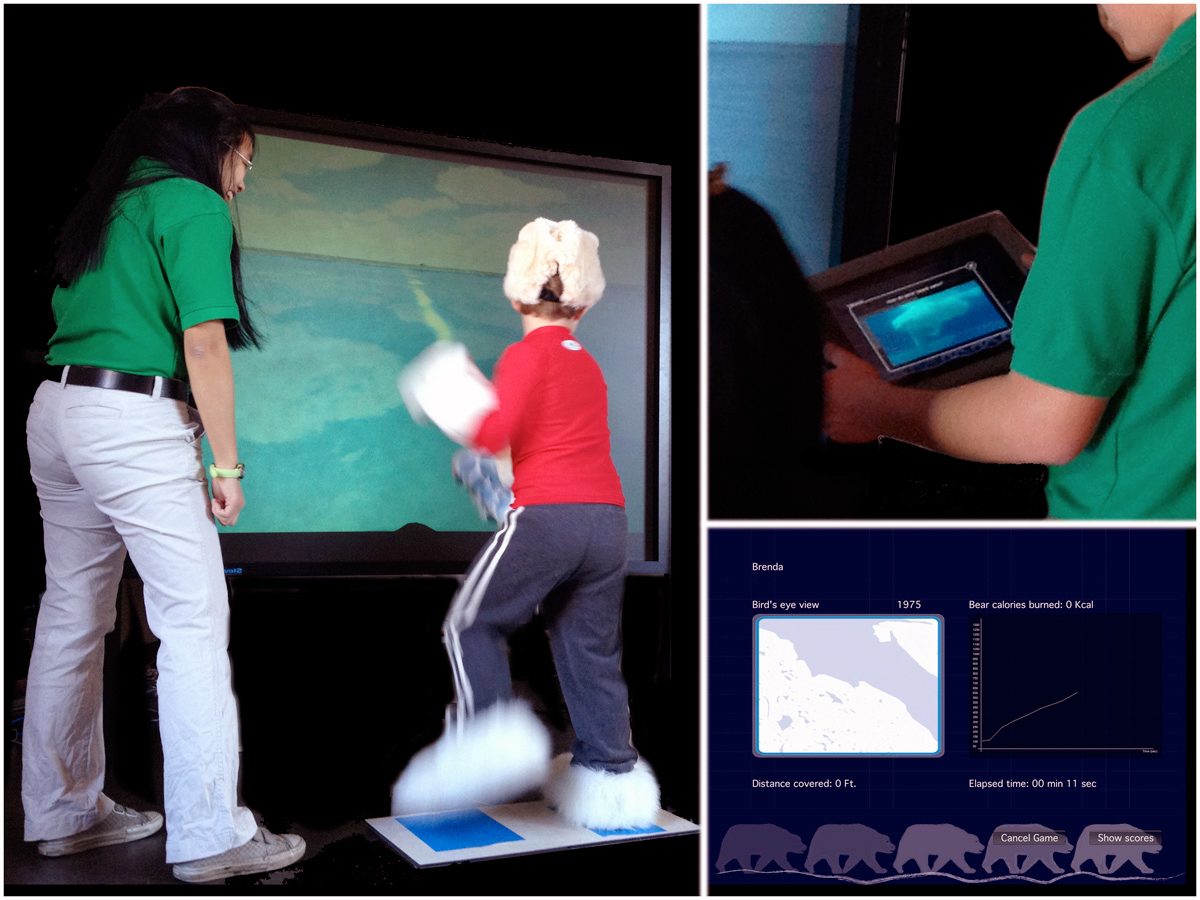Media Arts in Support of Science Education, ISEA2012
September 19th, 2012
Categories: Applications, Education, Multimedia, User Groups, Visualization, VR Art

Authors
Tsoupikova, D., Aguilera, J., Kostis, H., Shah, T., Lopez Silva, B.About
This paper examines the role of media arts in the development of interactive learning environments for science, technology, engineering, and mathematics (STEM). The use of technology-mediated interactive environments already provides greater access for science learning to wider, more diverse, and especially younger audiences. Since children typically enjoy playing computer games and interacting with new technology, media art provides a motivating setting for science education. The movement to integrate science and art to examine convergence points, and how the fields can empower each other, has already begun. However, the role of arts and artists in the design of advanced applications for STEM education has yet to become subject for research and implementation in mainstream cultural institutions and educational programs. Collaborative, interdisciplinary teams of artists, technologists and scientists developed novel interactive learning projects that educate the public on fundamental science (STEM) disciplines. Five interactive educational applications were designed based on the leading art and design concepts with a focus on user engagement, interactive design, and aesthetics principles. With these principles at their center, these applications and their educational content were designed to create interactive and engaging learning experiences. We describe the role of art in the development of these projects and examine how artists can cross disciplinary borders to collaborate in the development of innovative educational STEM learning applications.
Keywords: Media Arts, STEM, Science Education, art-science, visualization, interactive applications
Resources
Citation
Tsoupikova, D., Aguilera, J., Kostis, H., Shah, T., Lopez Silva, B., Media Arts in Support of Science Education, ISEA2012, Proceedings of ISEA2012, Machine Wilderness, Albuquerque, New Mexico, September 19th, 2012.